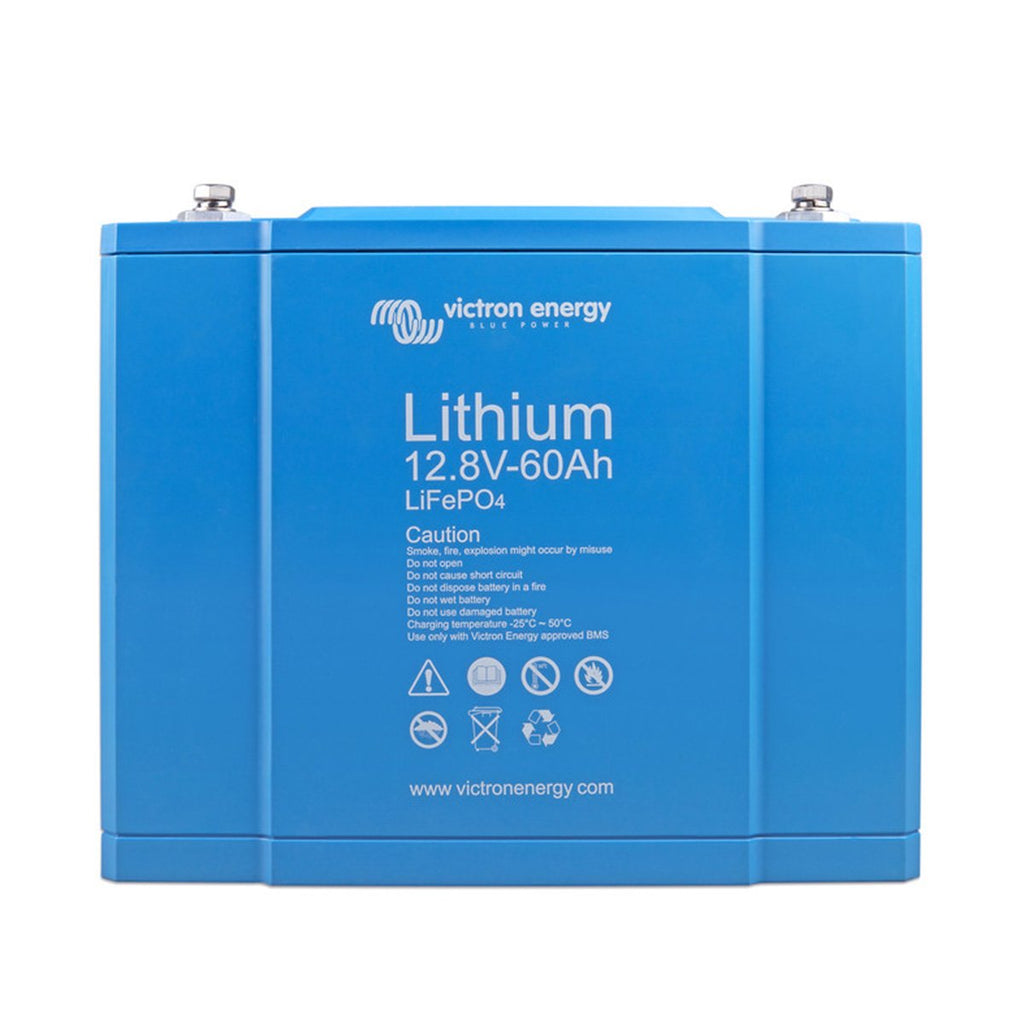With the increased use of Lithium batteries on both marine and vehicle applications, the subject of charging at subzero temperatures is becoming more and more of a debate generating a few differing views.
At present the best advice available from various manufactures would appear to suggest that Lithium batteries can be seriously damaged if charged when temperatures drop below zero.
Normally we would not anticipate that this would be a problem in UK applications, but in these times of climate change and increased cold spells it is a possibility that needs to be taken into consideration. The majority of our customer base for Lithium ion systems up to now has been in the automotive world where the batteries have been fitted to vehicles that are in use 24/7 and have the provision of heating to maintain a certain level of temperature within the vehicle. Hence it is very unlikely that sub-zero temperatures will ever be encountered in these types of applications and conditions. However it could be an issue on marine applications were boats are left in cold storage through the winter months, which of course could also be a possible scenario within the leisure vehicle and off-grid markets.
There does appear to be a grey area with differing opinions regarding the actual freezing temperatures at which the batteries should not be charged. The temperature should be measured at the surface of the battery and not the ambient temperature conditions. The common consensus being that lithium ion batteries can be damaged if charged in sub-zero freezing conditions, this is because of the chemical reaction that takes place during the charging process. The reaction is affected by the cold and causes the Anode to plate over! However, we do feel that there is an element of difficulty in defining the actual real freezing temperatures of lithium.
The most common and best advice at present seems to be:
- Fast charging can be done between +5c and 50c degrees
- Below 5c degrees limit charge current to 0.05c
- Below 0c degrees do not charge
There are of course options to consider which will help to maintain the batteries at a higher temperature and these include;
The installation of a frost stat, with some form of added heating facility.
The addition of insulation to the batteries or the battery compartment, however care needs to be taken as if conditions get too warm this could also create problems.
Our recommendation would be to confirm your type of installation, battery location and usage prior to installing a Lithium battery system.
Products In This Article




